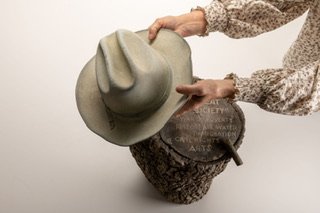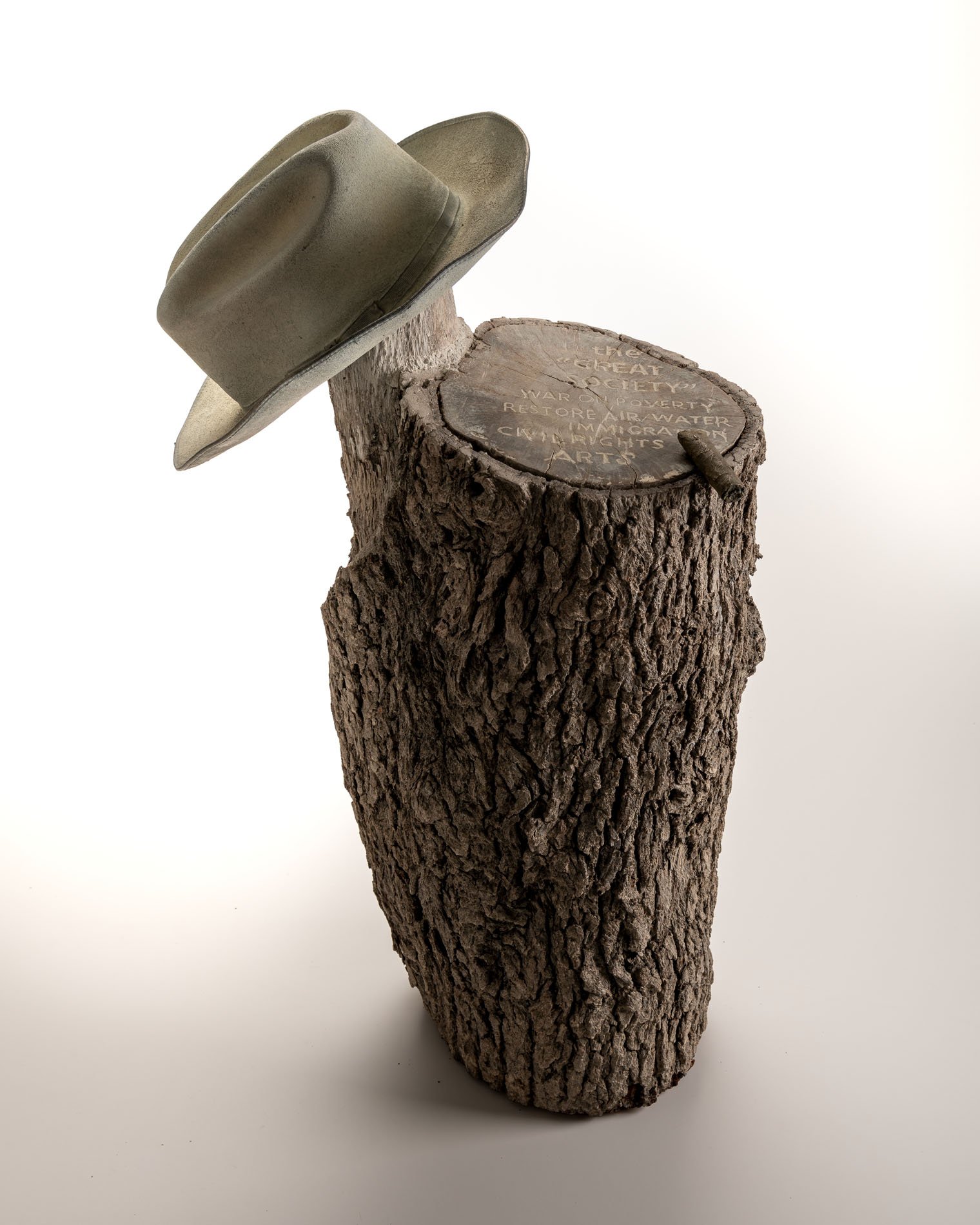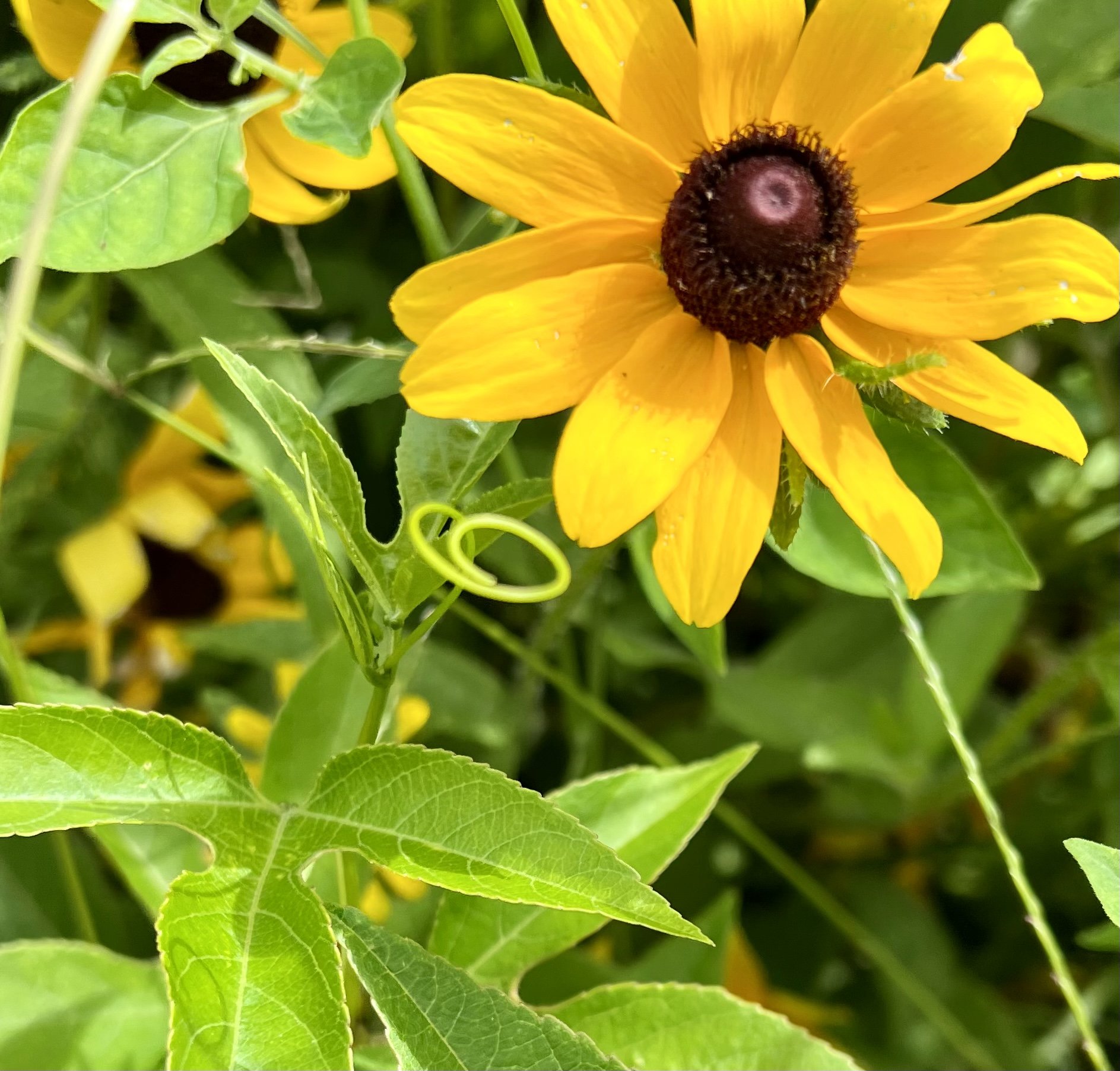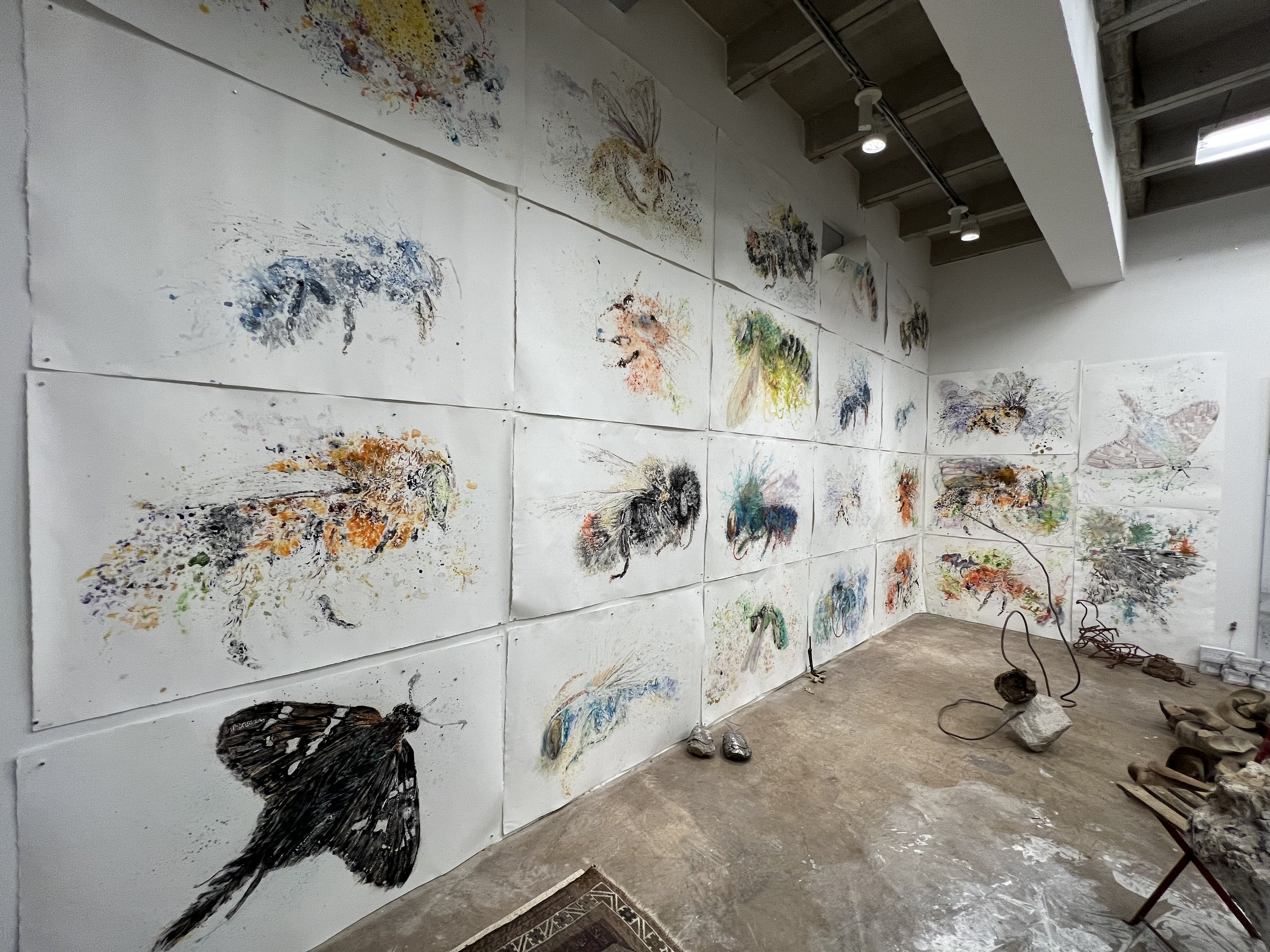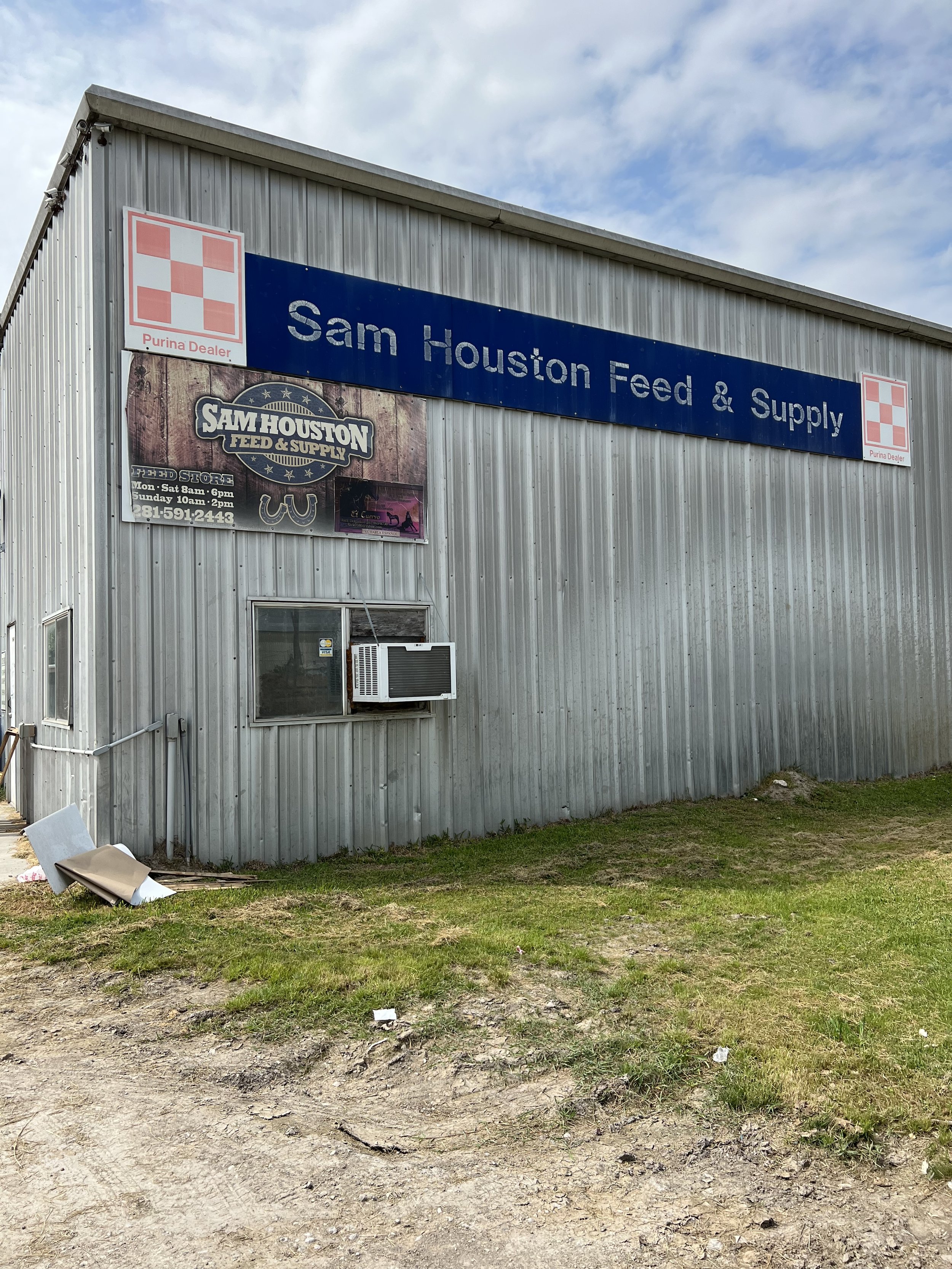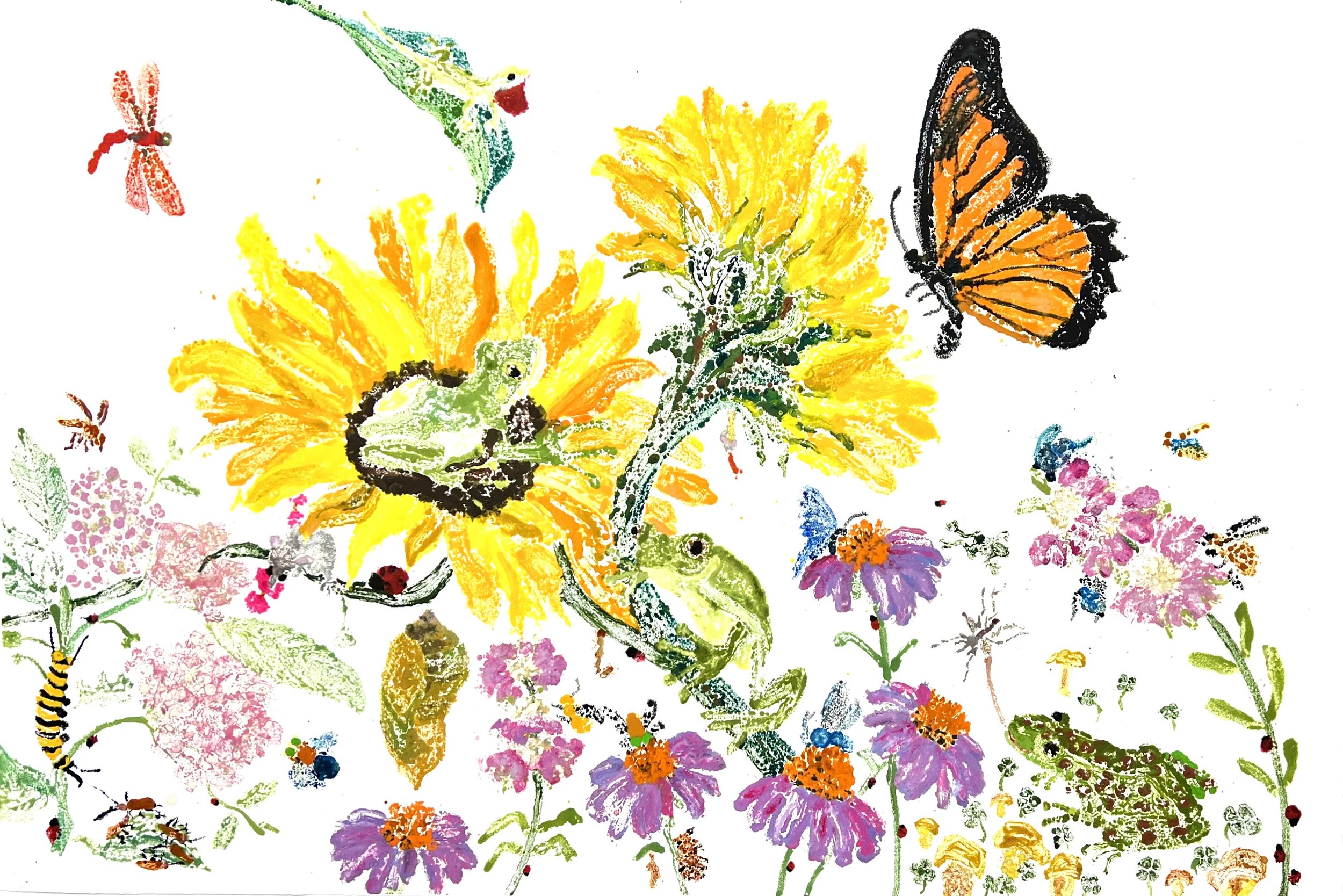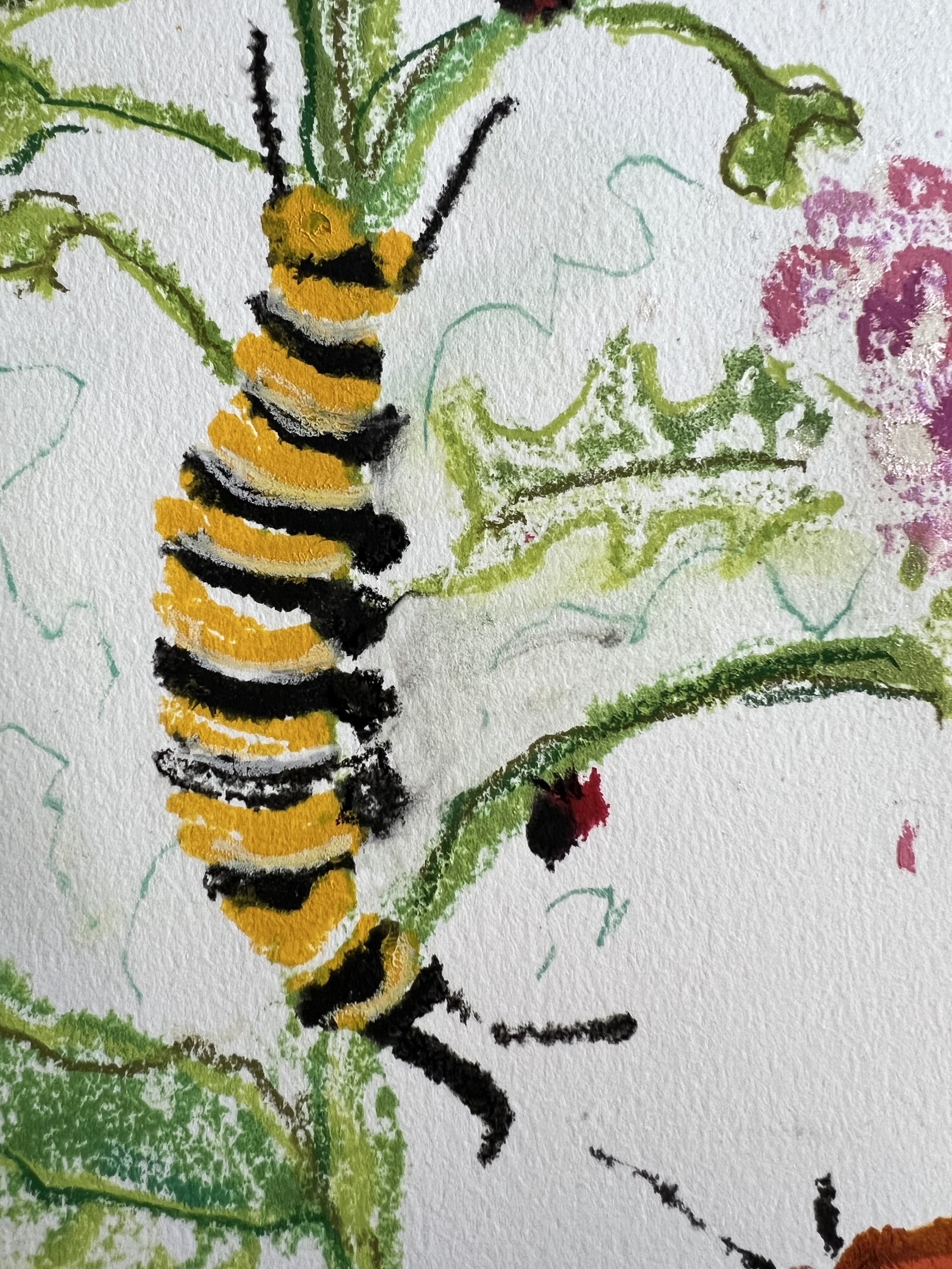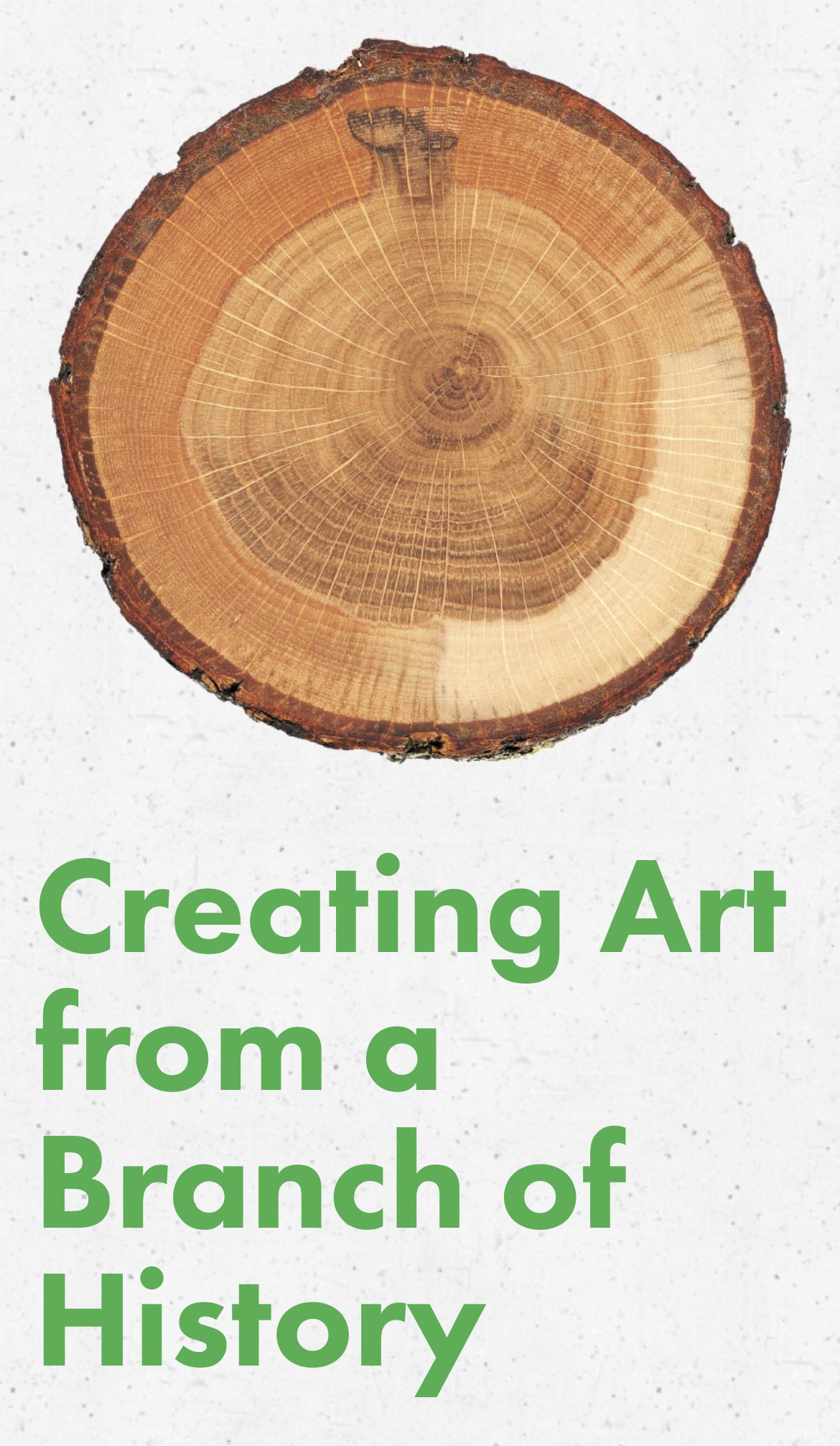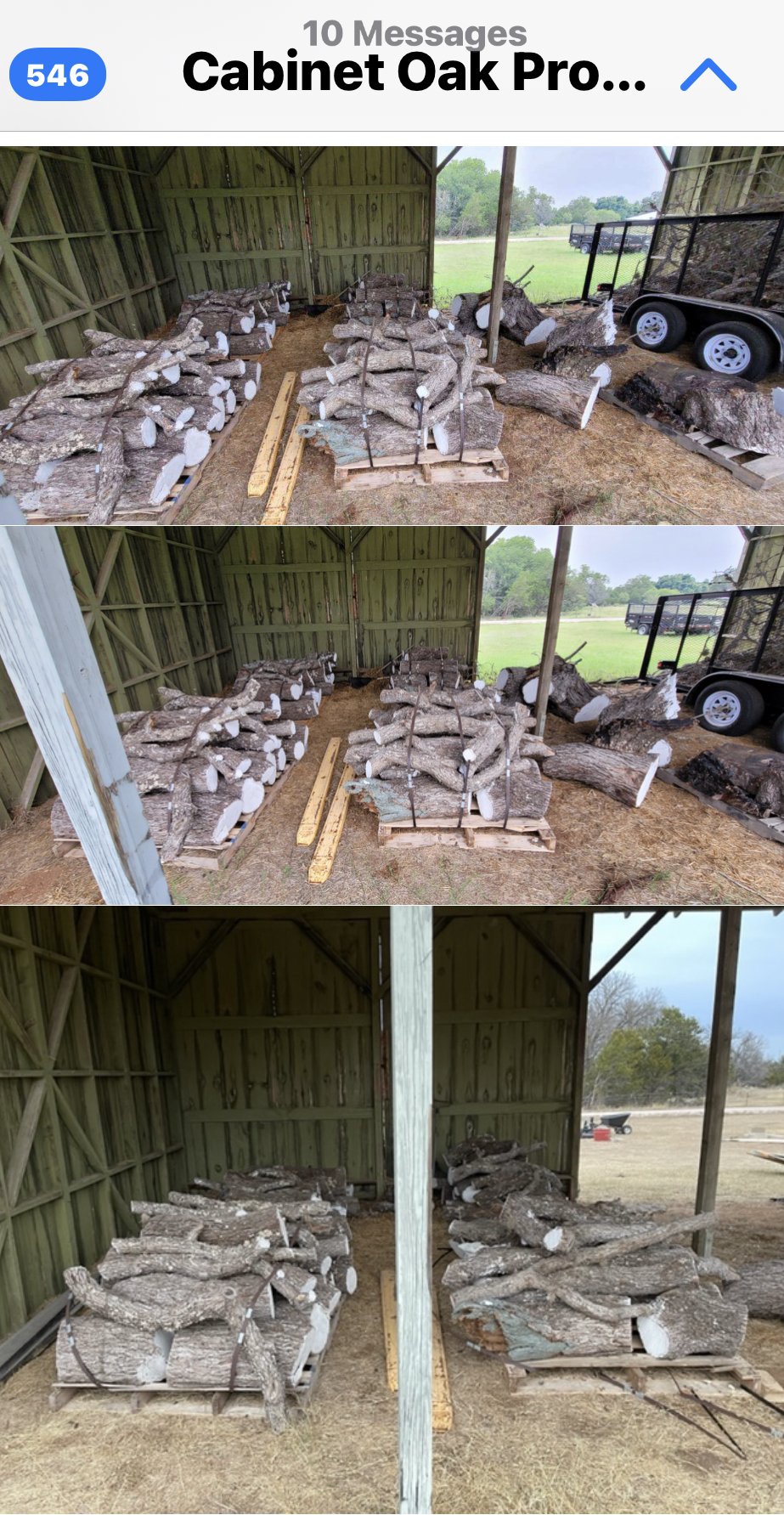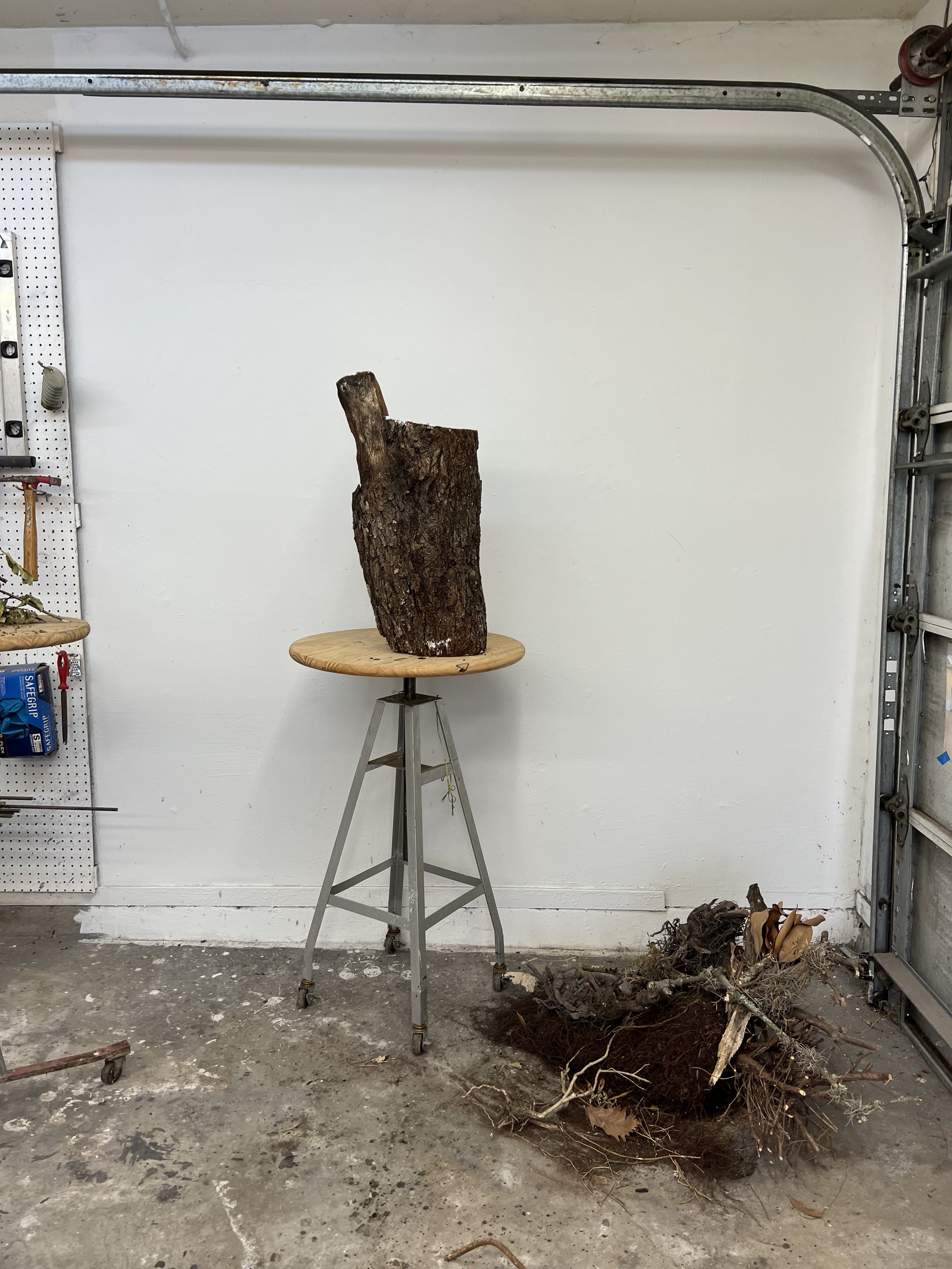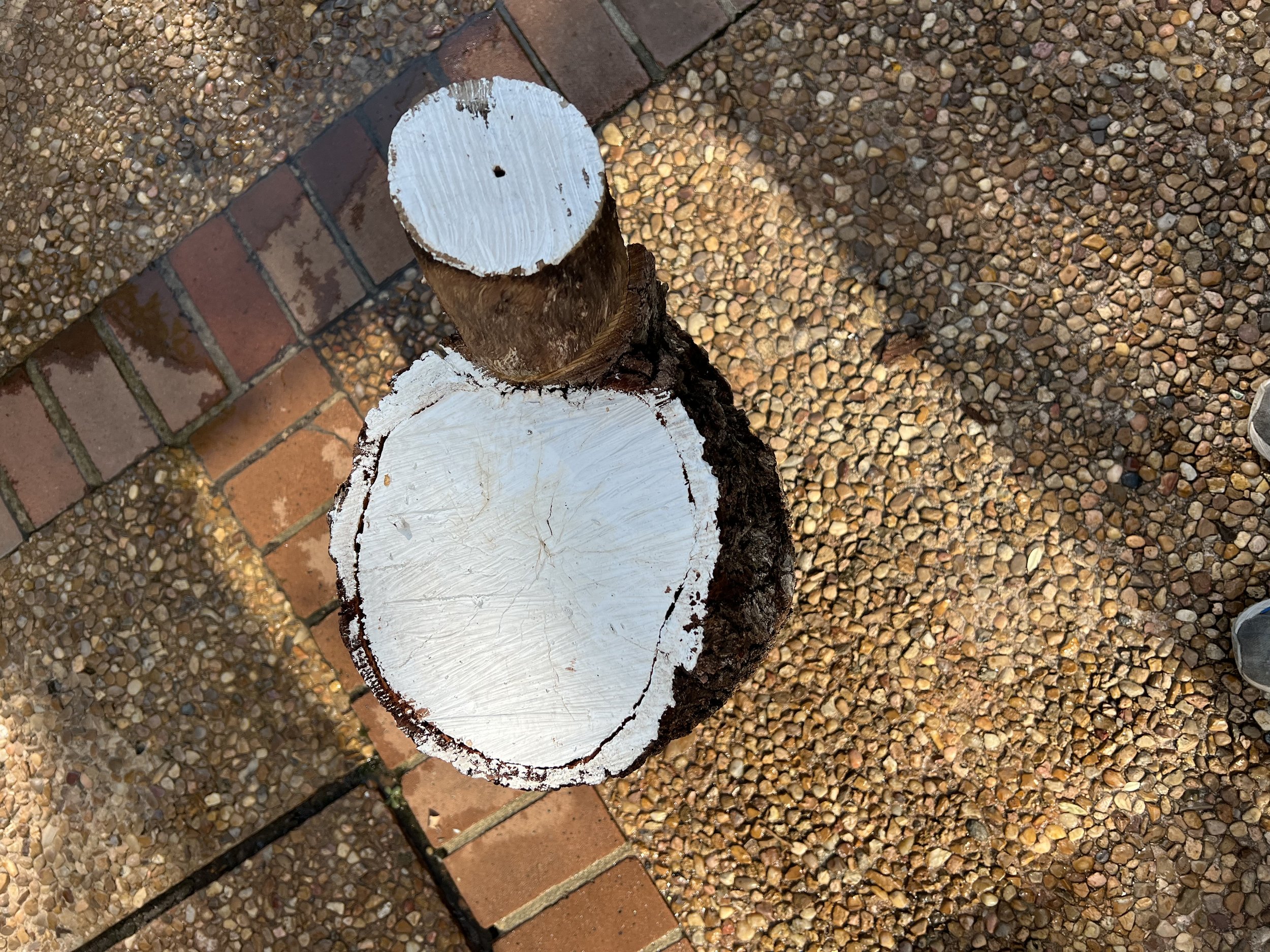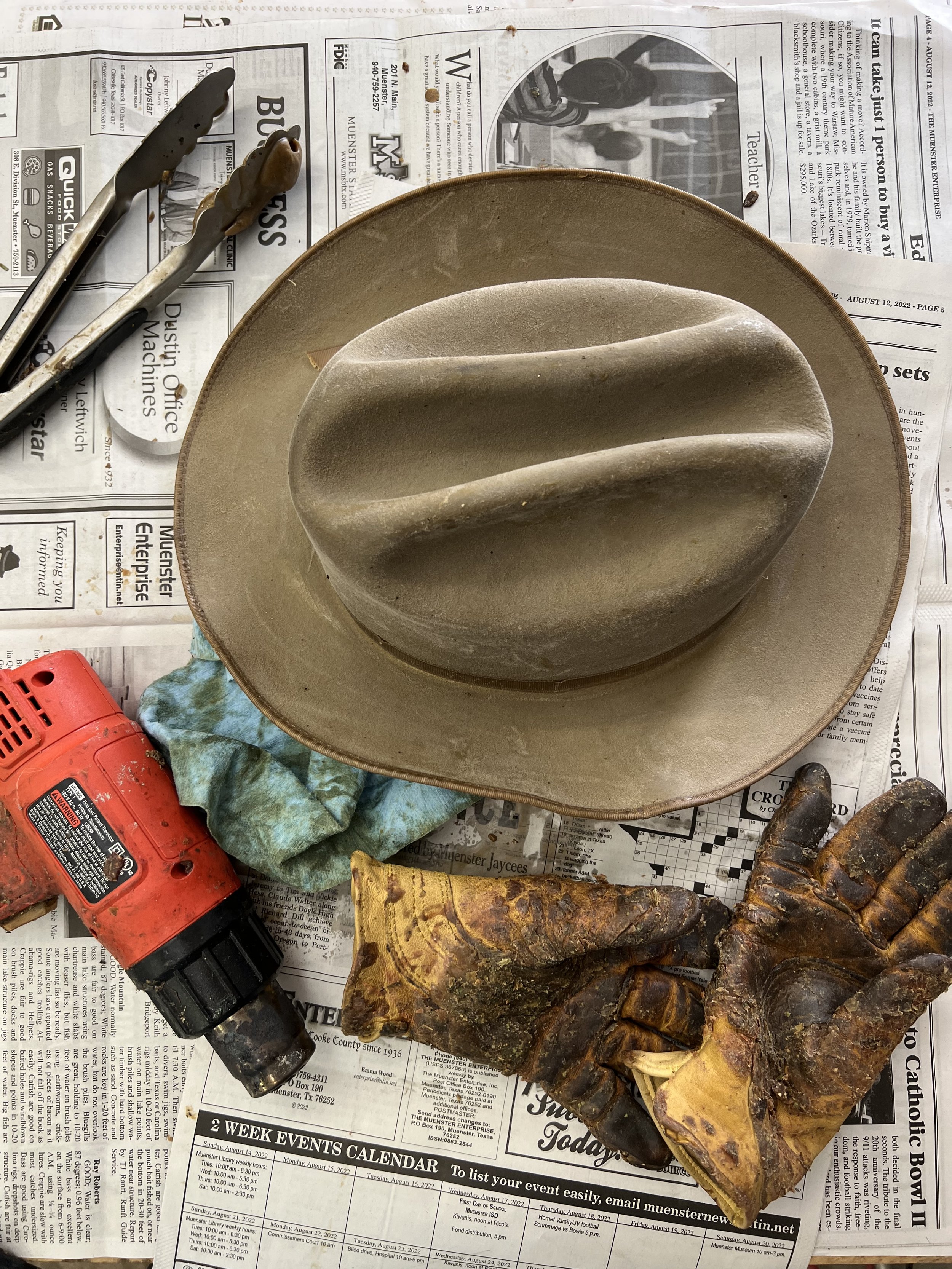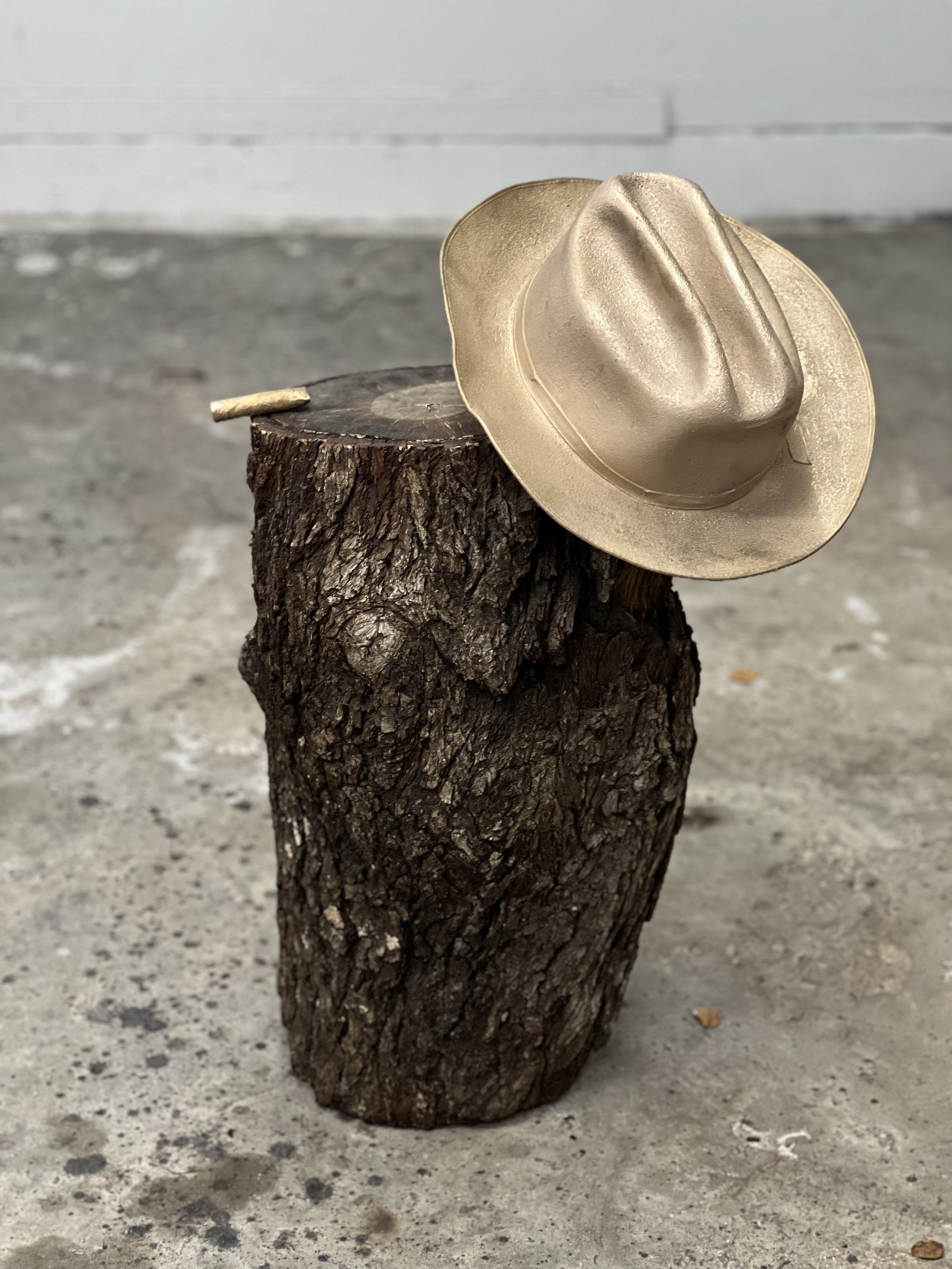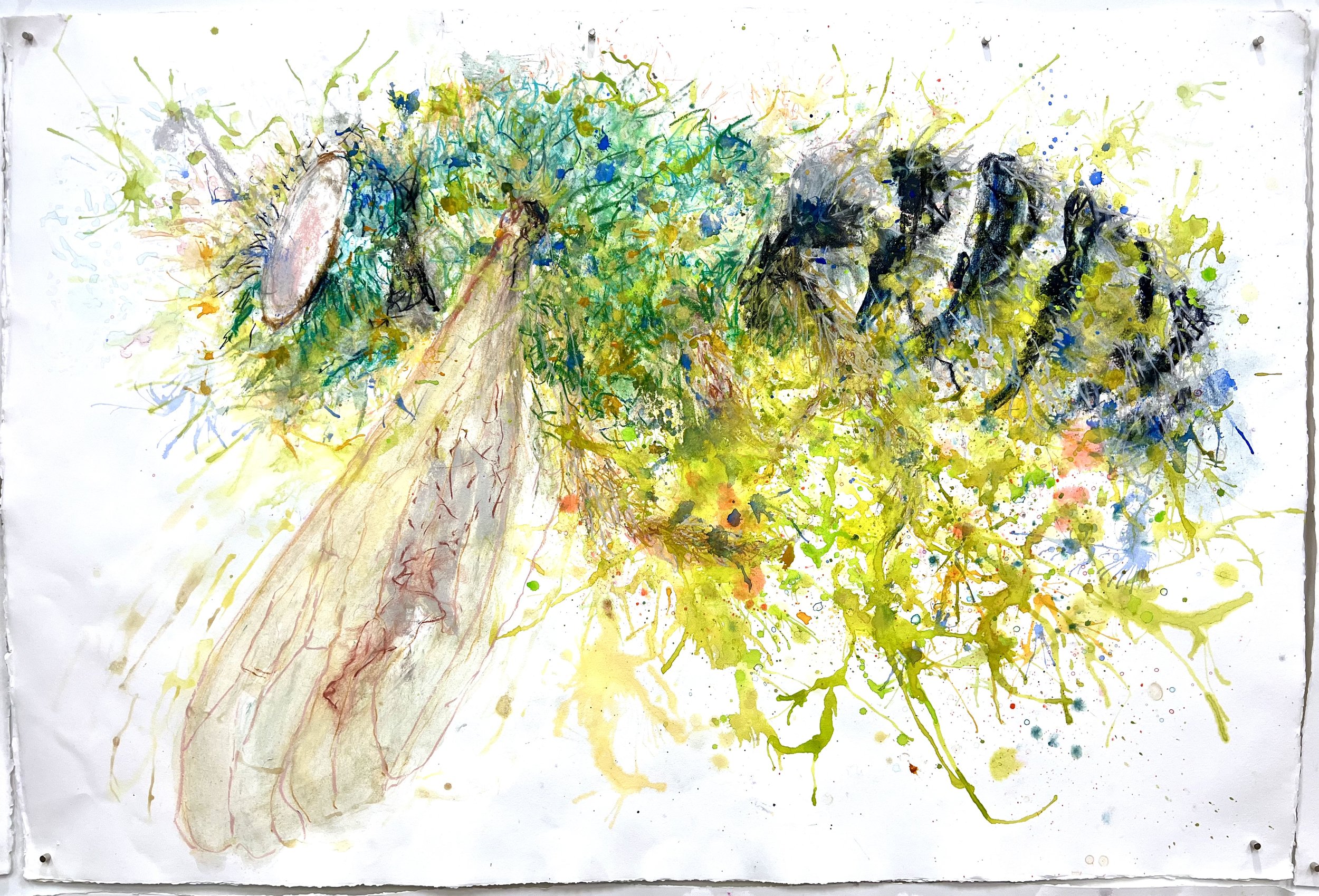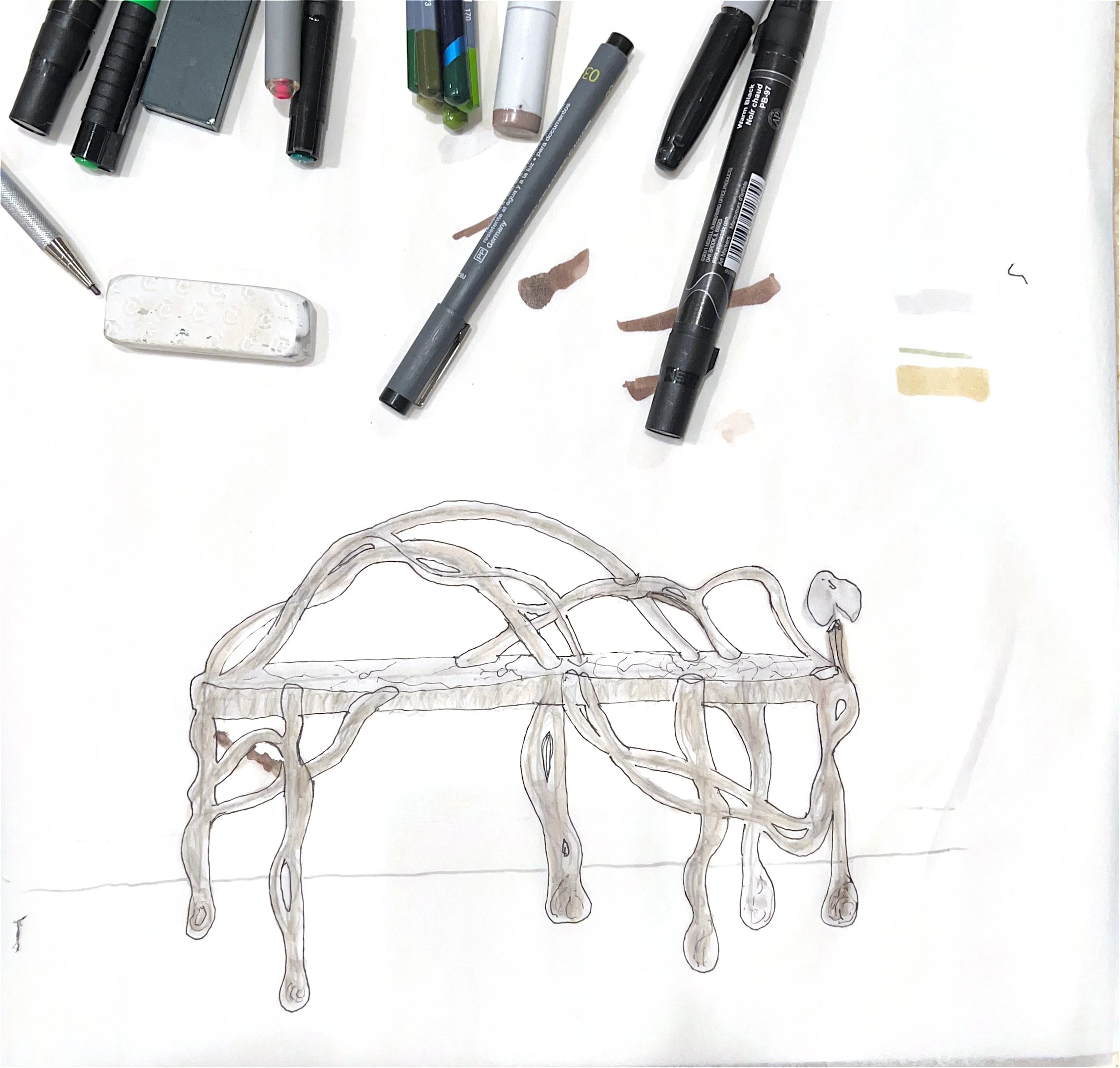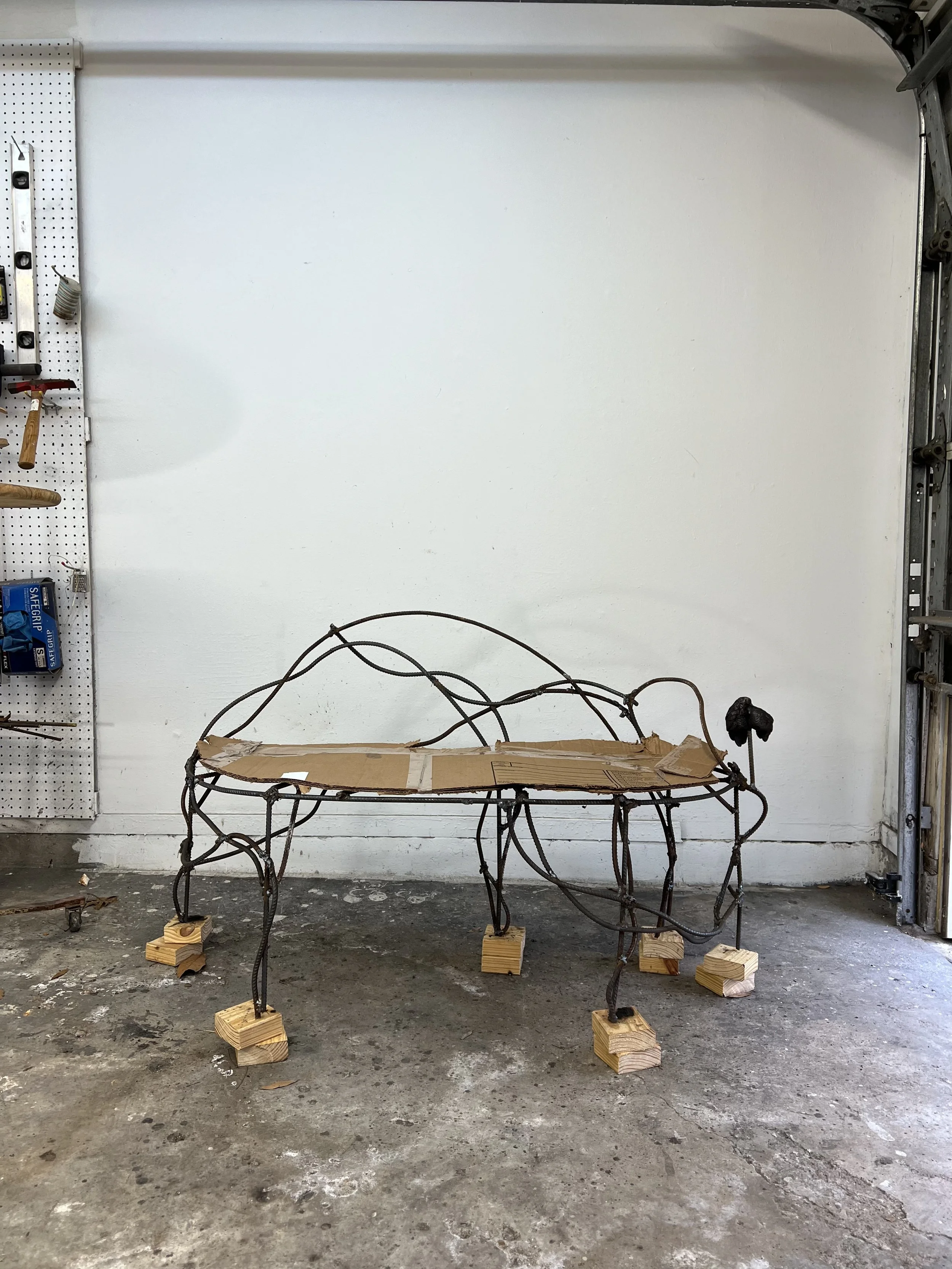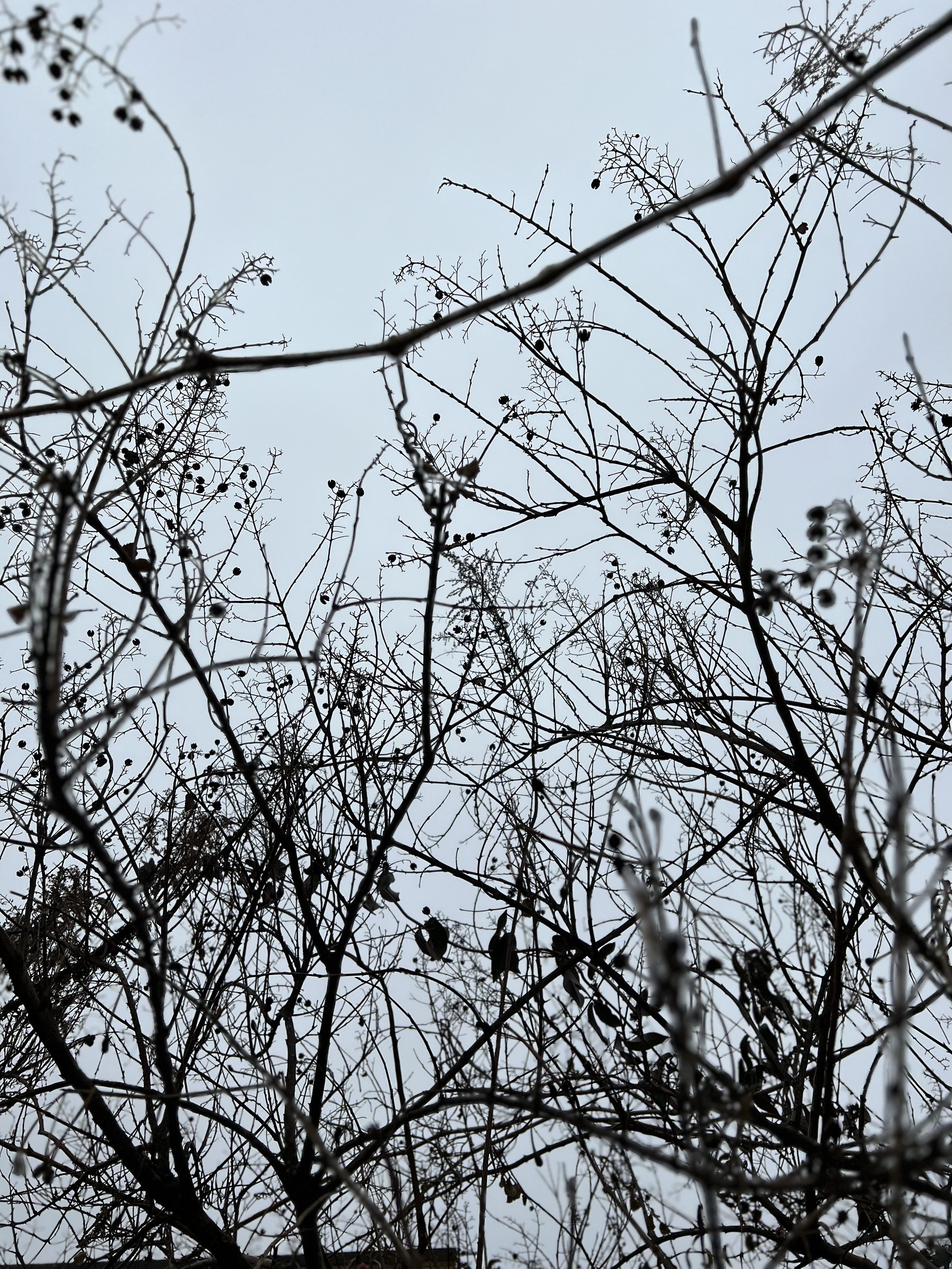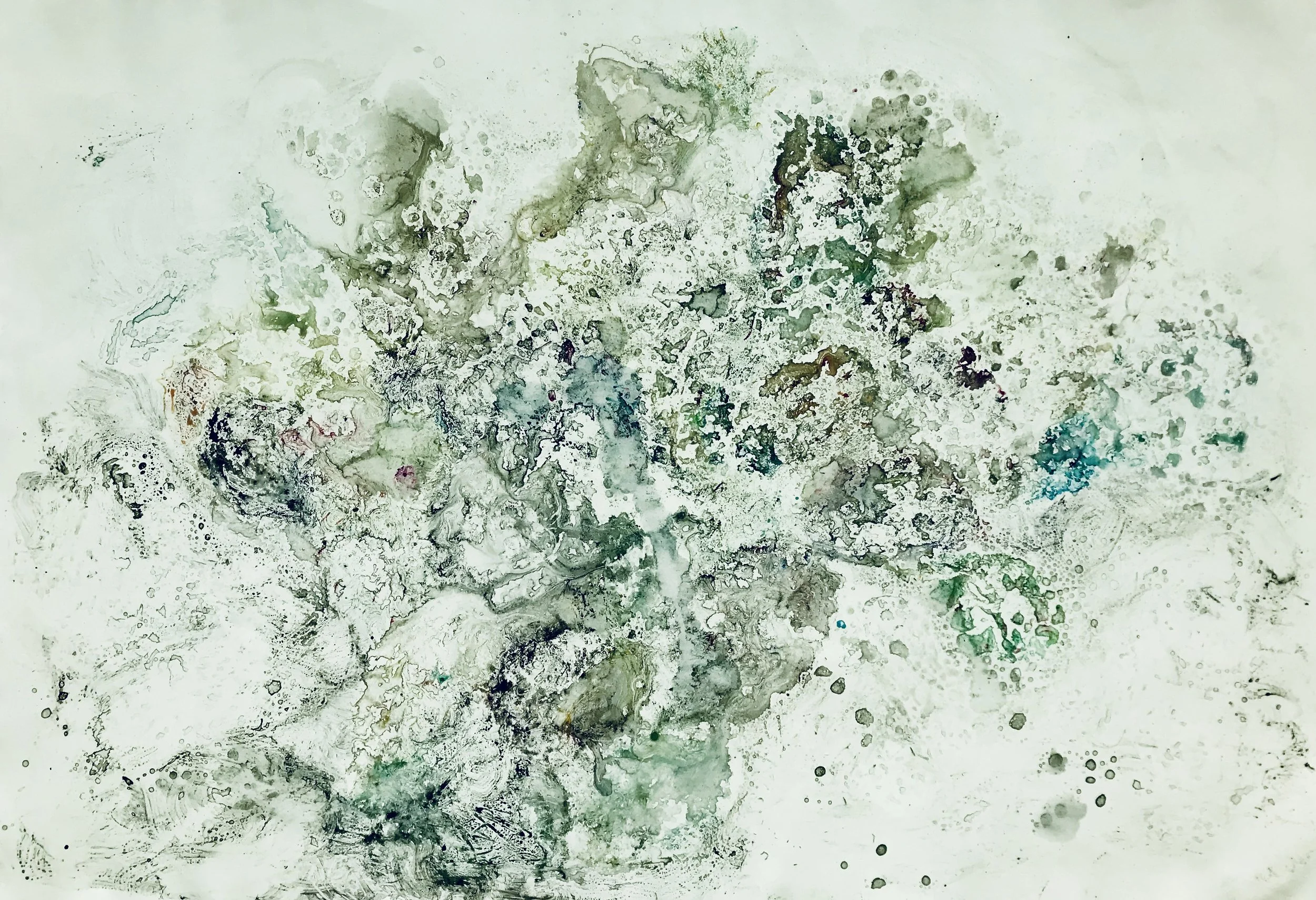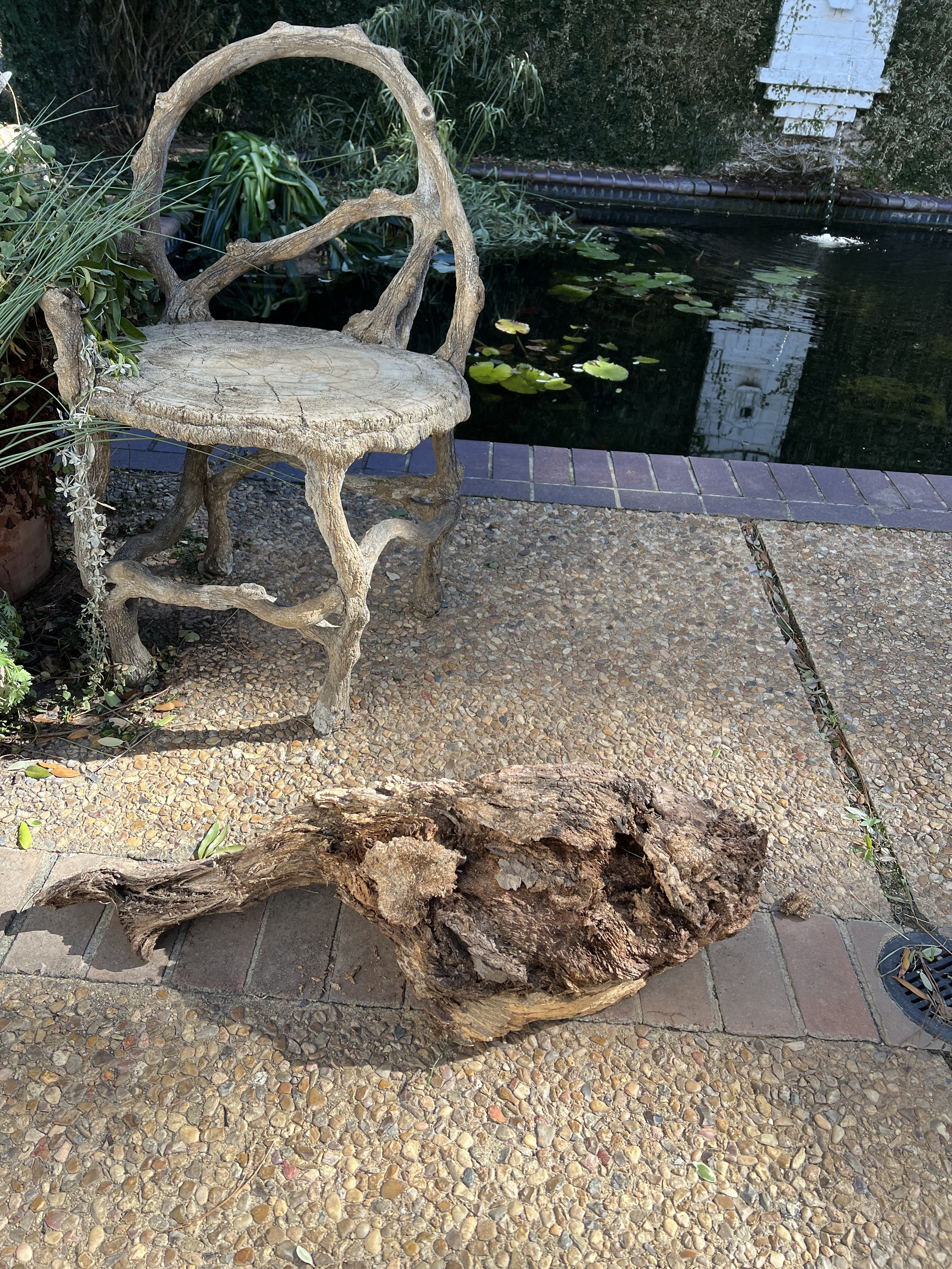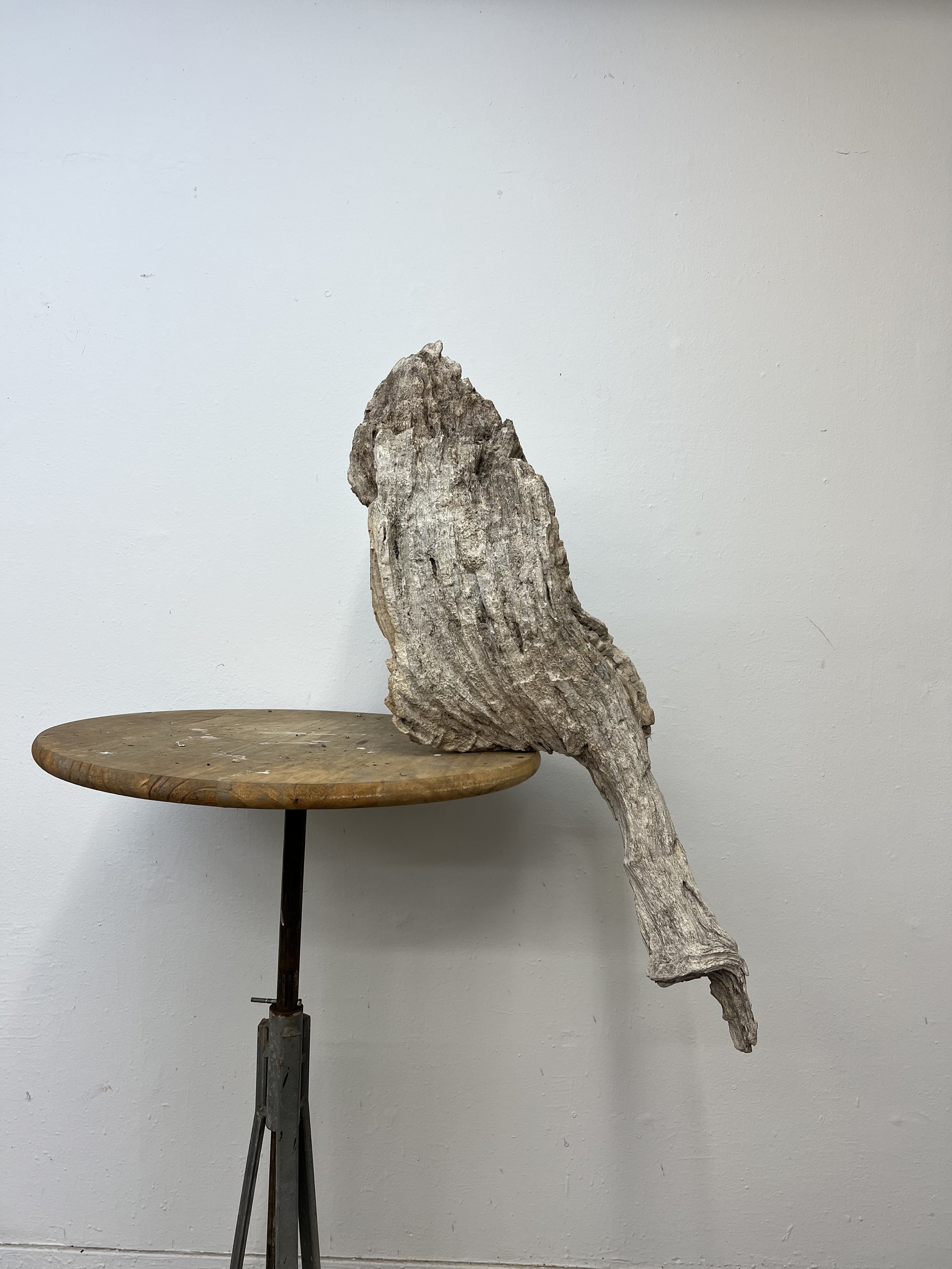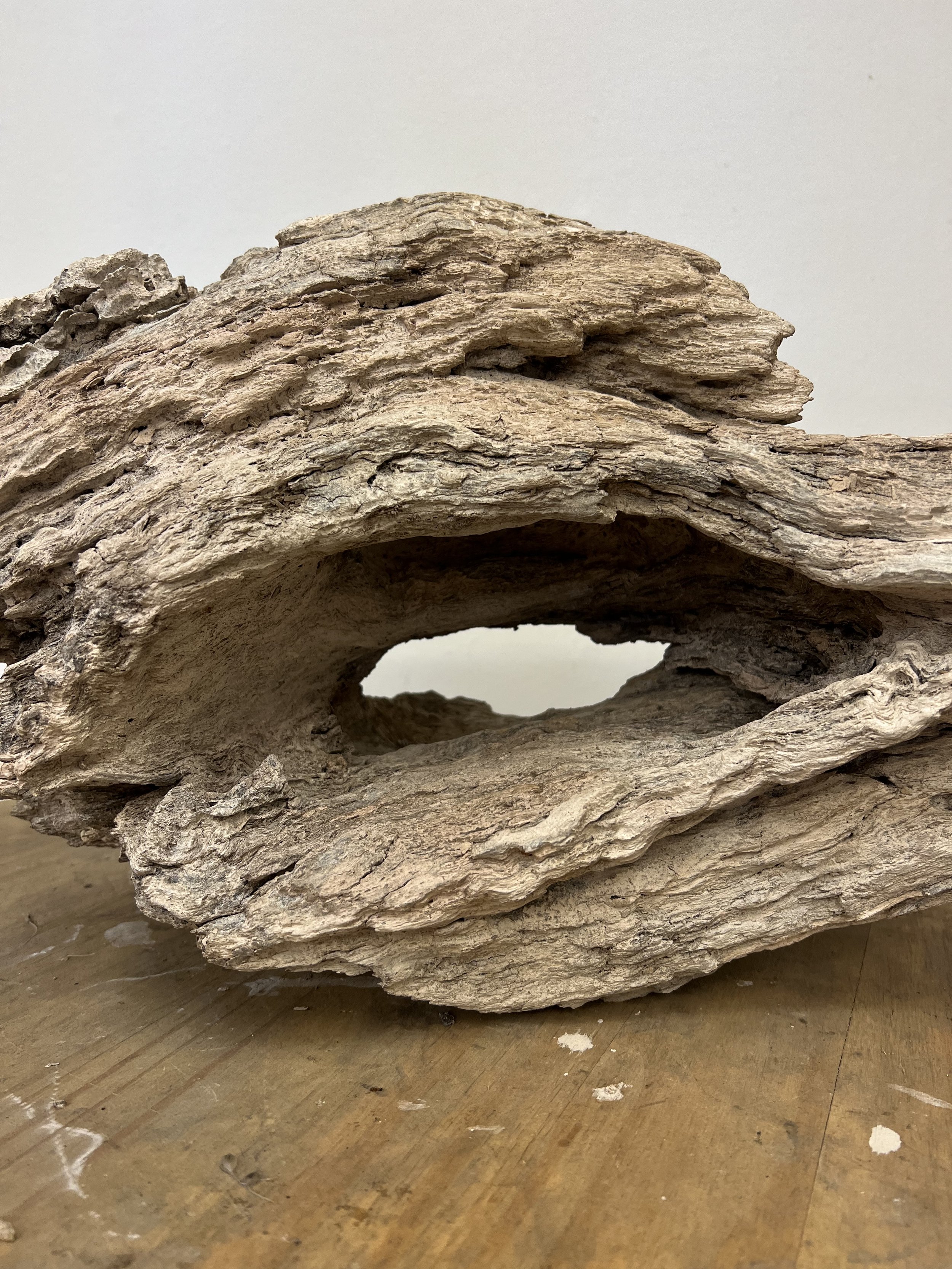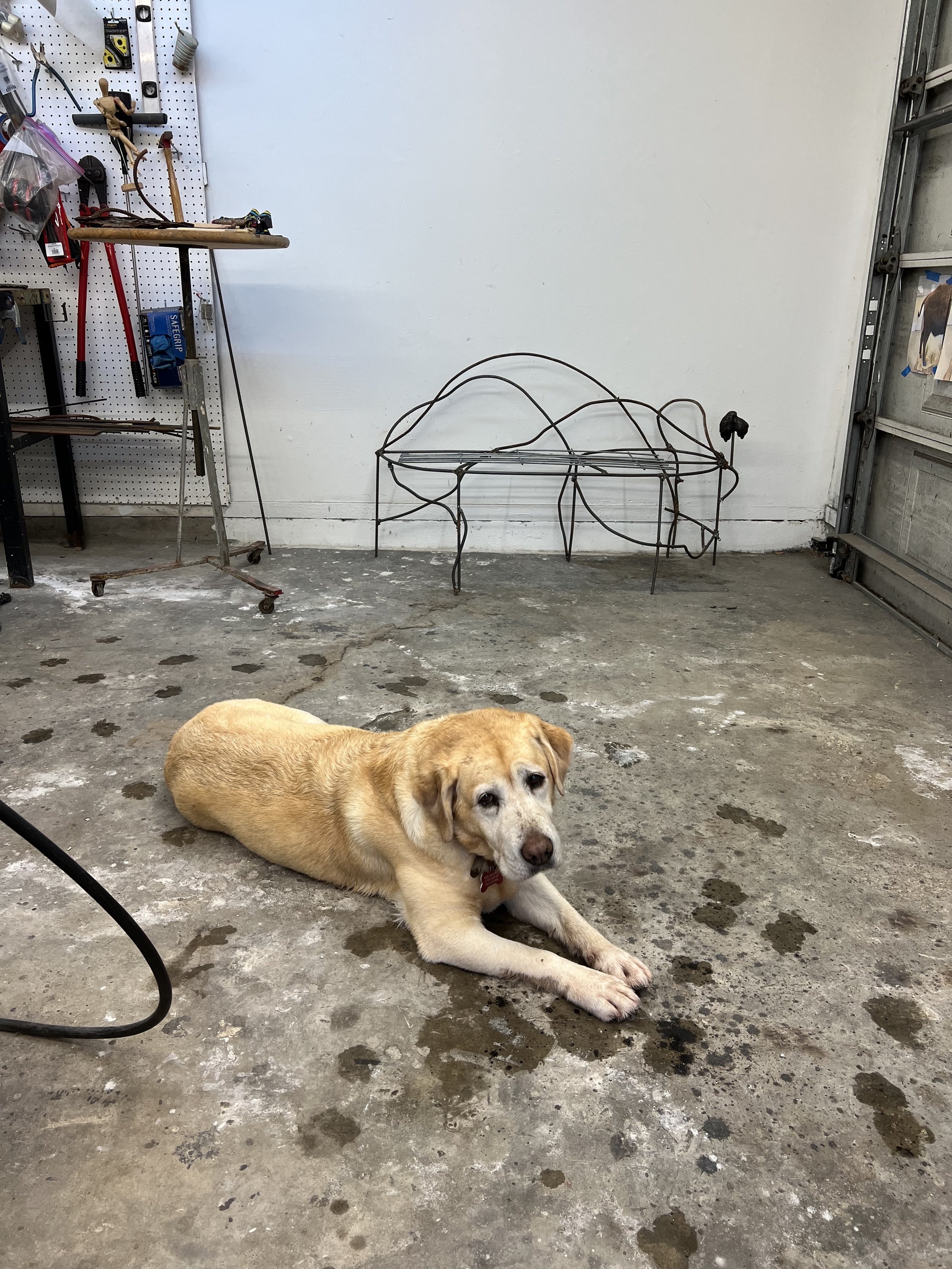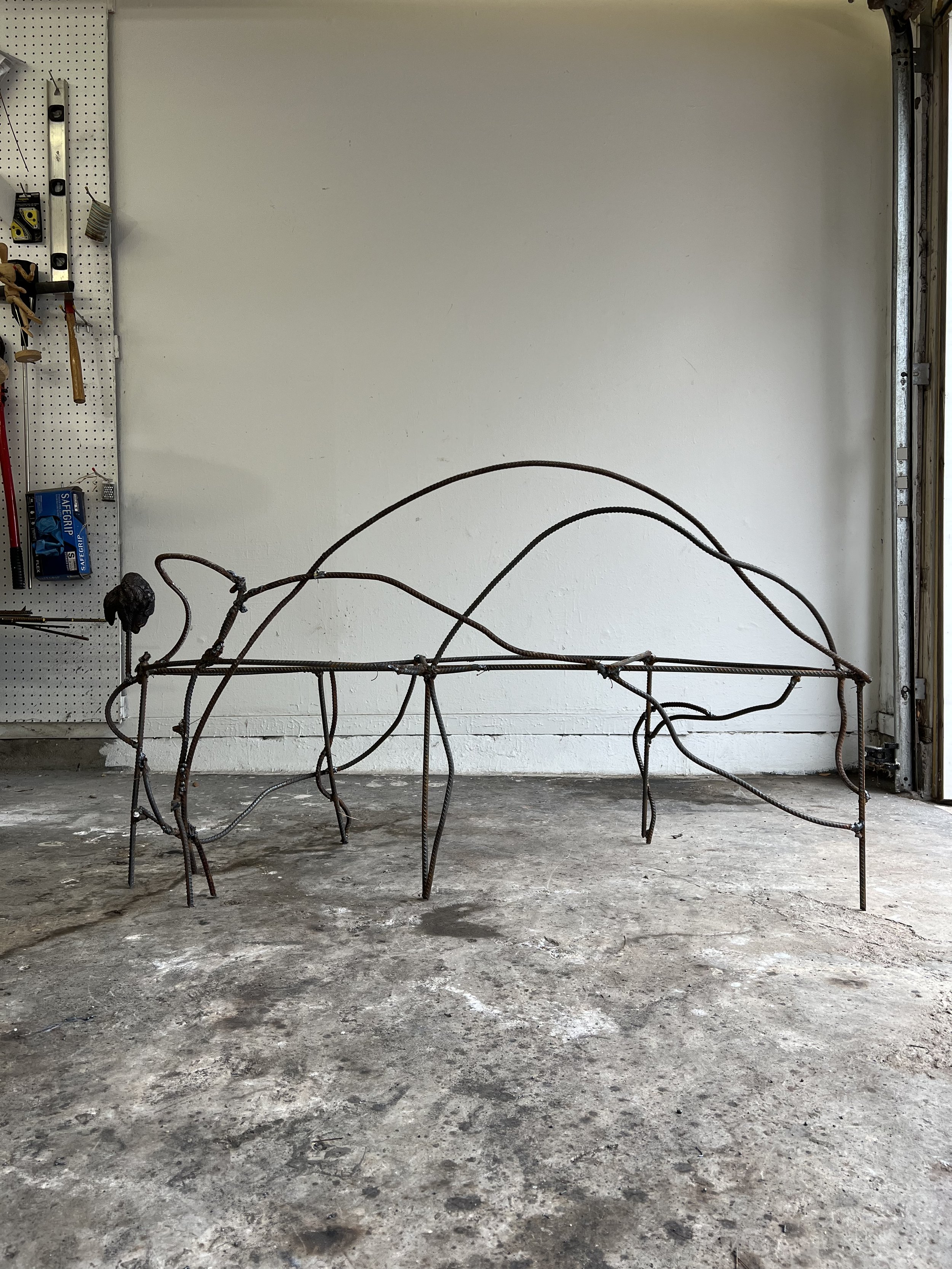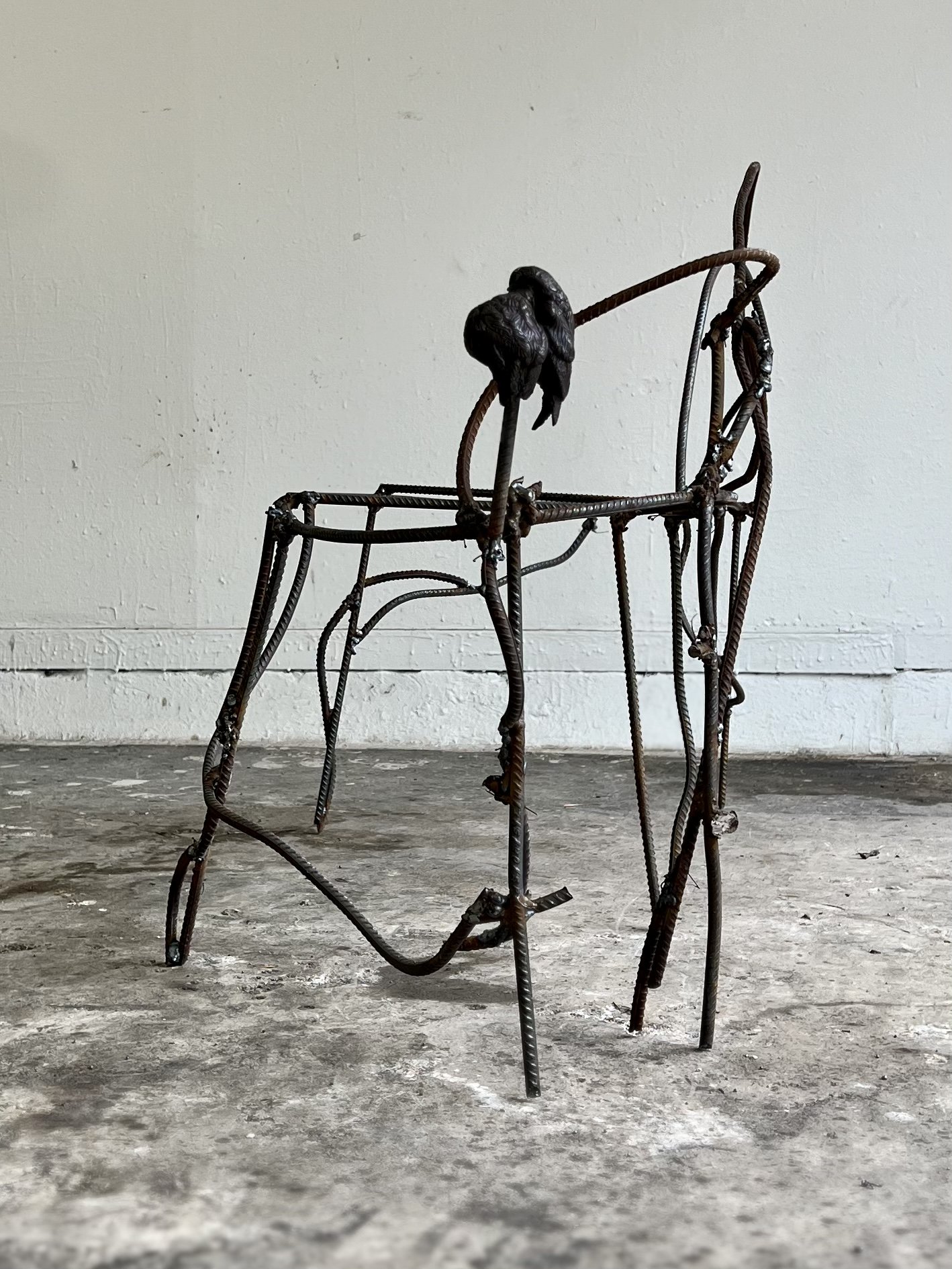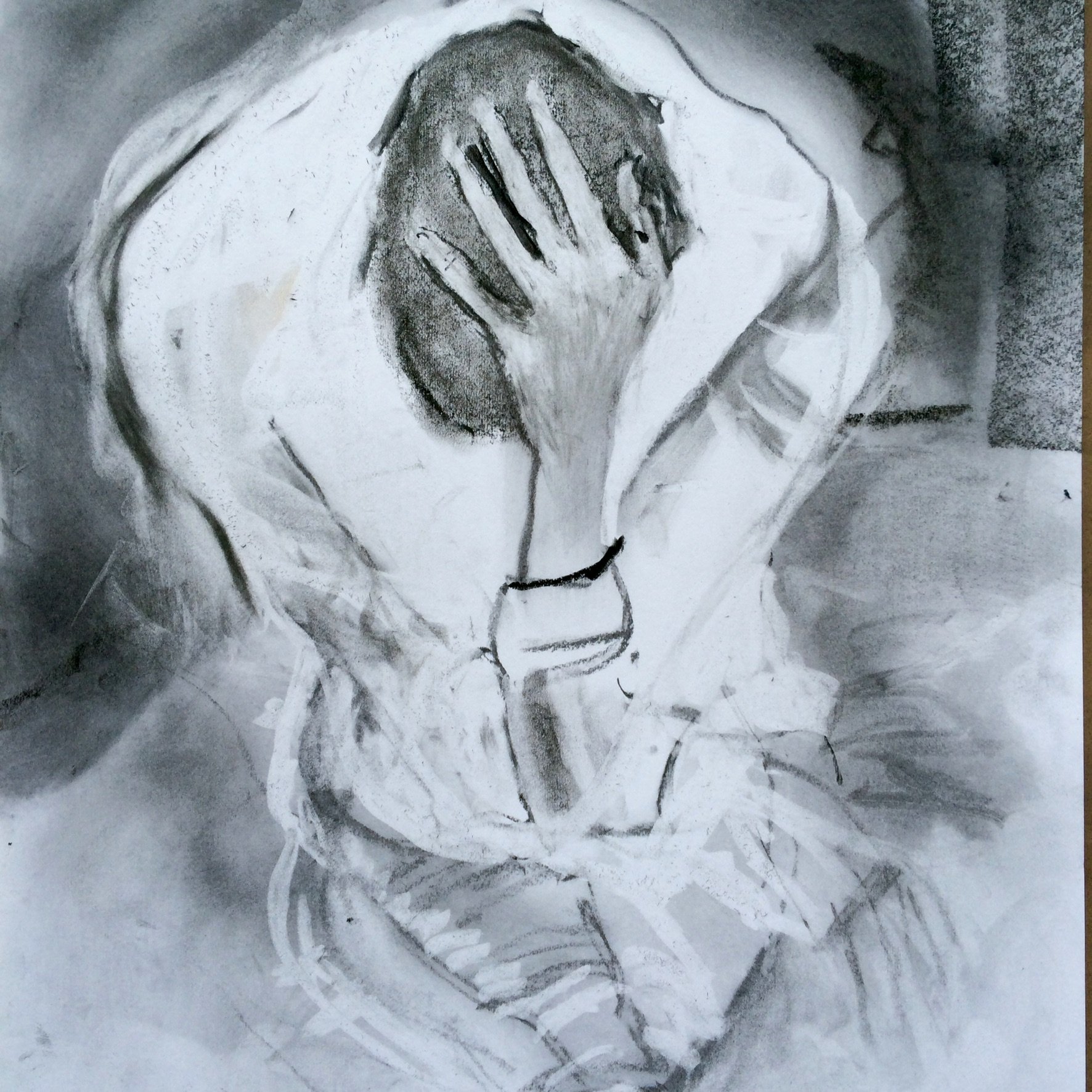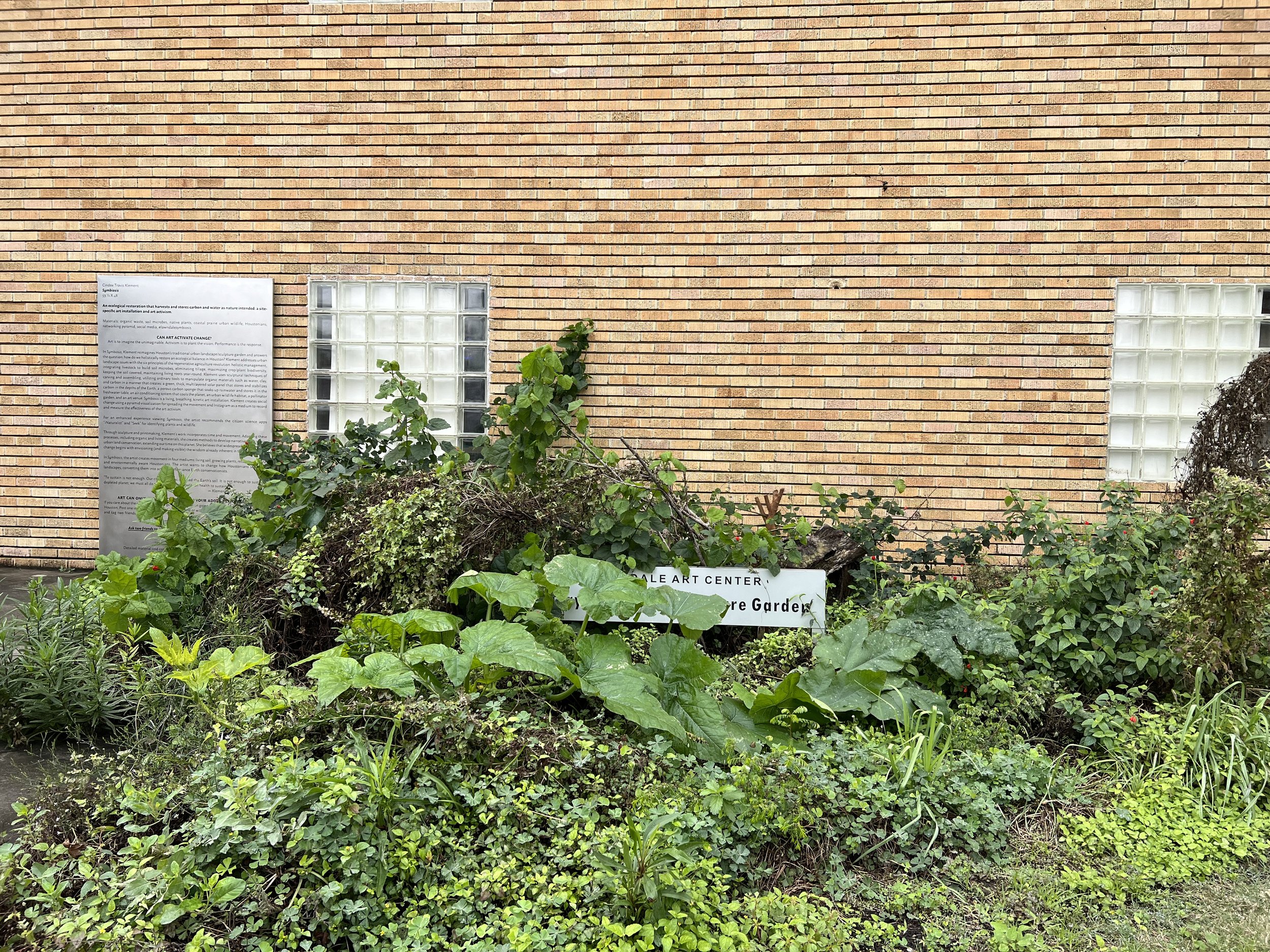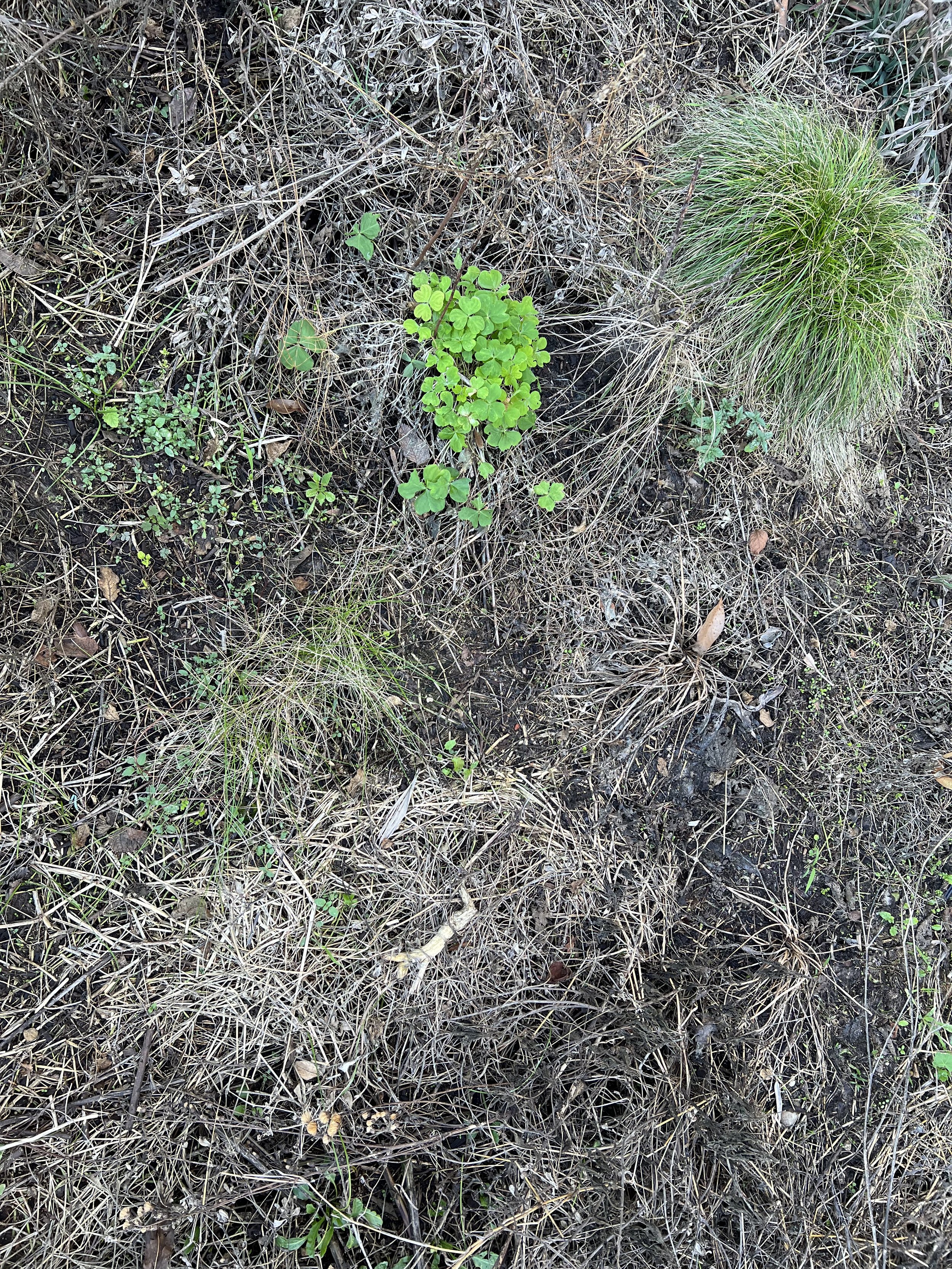Image under construction
Earth Moves
welded steel, lath, clay, grass and glass beads
2023
Earth Moves looks at nature's regenerating or repurposing systems. It reminds us that tiny creatures like dung beetles play a big role in our ecosystem, recycling animal waste and providing nutrients for plants and organisms. They form close relationships with mammals and even some birds, making them all the more crucial to a functioning ecosystem. It's fascinating to think about how bison and other grazers once roamed the land, leaving behind their waste as a source of vital nutrients for the vegetation and other species. With a focus on reducing waste and preserving nature's repurposing systems, Earth Moves is a call to action for all of us to honor the planet and protect its delicate balance.
Fun Dung beetle facts. Dung beetles use the sun and moon as compass cues.


